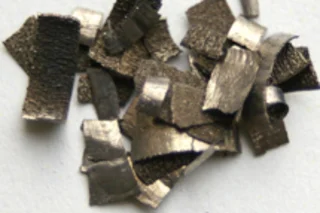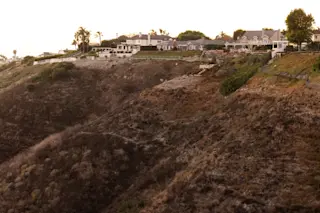Wind turbines, energy-efficient light bulbs, and hybrid cars and three of the most iconic products in the lineup of green technologies that can help us build a cleaner world. But in an ironic twist, these technologies all rely on elements called rare earths, which are primarily extracted from environmentally destructive mines in China. The
environmental damage can be seen in the red-brown scars of barren clay that run down narrow valleys and the dead lands below, where emerald rice fields once grew. Miners scrape off the topsoil and shovel golden-flecked clay into dirt pits, using acids to extract the rare earths. The acids ultimately wash into streams and rivers, destroying rice paddies and fish farms and tainting water supplies [The New York Times].
Despite the name, many of the 17 rare earth elements are not actually that scarce, but two heavy rare earths that are vitally important to many green ...














